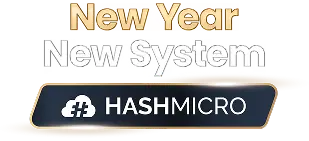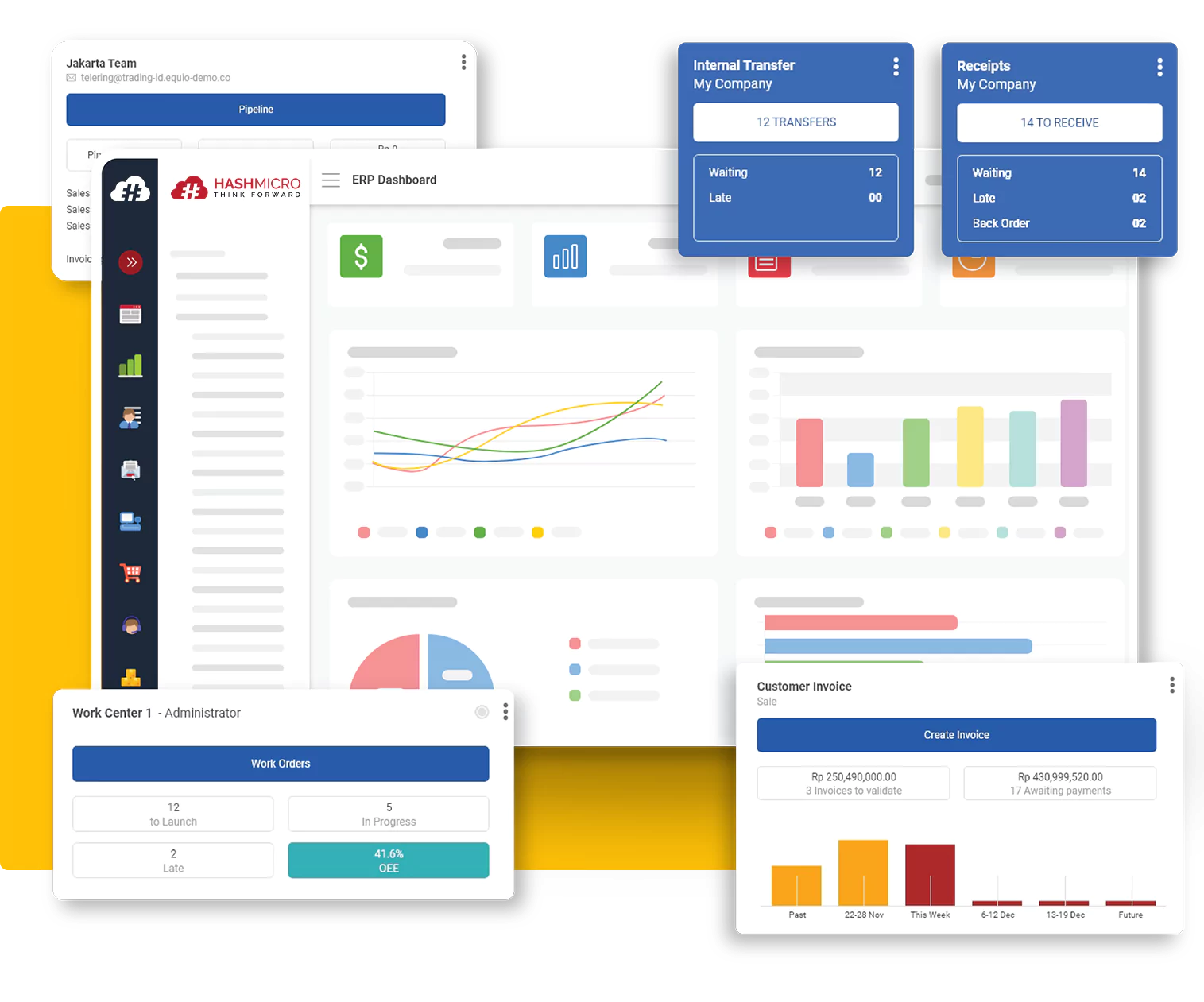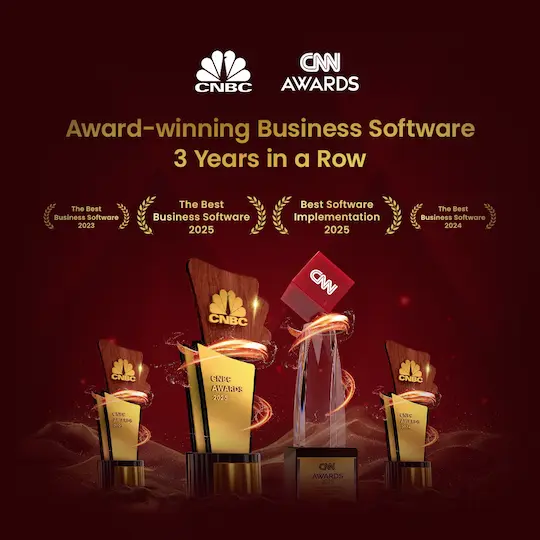Do you know how efficiently your business data is being used or how much risk it poses to your operations? In an era where information can drive growth or create serious vulnerabilities, managing data properly is no longer an option.
This is where information Lifecycle Management (ILM) plays a crucial role. ILM is a strategic approach to managing data from the moment it is created until it is securely archived, ensuring that the correct information is accessible, protected, and aligned with your business objectives.
For executives and managers, ILM is not just about organizing files, it’s about enabling smarter decisions, ensuring compliance, and protecting business value. Basahin mo hanggang dulo at alamin kung paano makakatulong ang ILM sa paglago at seguridad ng iyong negosyo.
Key Takeaways
|
Table of Contents

What is Information Lifecycle Management?
Information Lifecycle Management (ILM) is a structured business strategy for handling data throughout its entire existence from the moment it is created, processed, and stored, to the point it is archived or permanently deleted.
It involves establishing clear policies and controls that govern how information is categorized, accessed, and maintained throughout various stages.
ILM ensures that data is managed in alignment with company procedures, regulatory requirements, and operational workflows, making it a core part of enterprise information governance.
The Benefits of Information Lifecycle Management
Managing business data strategically is essential to staying competitive, compliant, and efficient. Here are the most important benefits of Information Lifecycle Management process, ranked based on what matters most to companies today:
1. Enhanced compliance and security
For many businesses, meeting regulatory standards and protecting sensitive information are top priorities.
ILM helps enforce consistent data handling policies, reduces the risk of data breaches, and supports compliance with industry-specific regulations ensuring your company stays protected and audit-ready.
2. Cost efficient data storage
Outdated or unused data can quickly drive up storage and infrastructure costs. ILM reduces this burden by automatically archiving or deleting information that is no longer needed, helping companies control IT spending and allocate resources more efficiently.
3. Better decision-making support
Having clean, accurate, and accessible data allows leadership teams to make faster and more confident business decisions. ILM ensures that only relevant, up-to-date information is kept in active systems, eliminating noise and improving data quality.
4. Smoother operational workflows
When data flows properly across departments, internal processes become more streamlined. ILM reduces duplication, delays, and confusion by making sure the right people have access to the right information at the right time.
5. Improved data organization
ILM introduces a clear structure for categorizing and managing data throughout its lifecycle. This organization improves collaboration across teams and reduces the time spent searching for files, documents, or historical records.
What are The Phases of The Information Lifecycle Management?
Information Lifecycle Management (ILM) offers a structured approach to handling data from creation to disposal. Below are the key phases in the ILM process, each with its distinct purpose and strategic value:
- Data creation or acquisition: Information is first generated or received. This could be in the form of documents, emails, reports, or data entries. Ensuring data accuracy and proper classification at this stage lays the foundation for effective lifecycle management.
- Data storage and management: Once created, information must be stored securely and efficiently. This phase involves determining storage formats, locations (on-premises or cloud-based), and access protocols to ensure data availability and protection.
- Data usage and sharing: Information is actively used by individuals or systems for decision-making, operations, or transactions. Proper access controls and version tracking are critical during this phase to maintain data integrity.
- Data archiving: When information is no longer actively used but still holds business or legal value, it’s moved into archives. Archiving helps reduce clutter while keeping important data accessible for reference or audit purposes.
- Data destruction or deletion: Eventually, information reaches its end of life and must be securely destroyed to prevent unauthorized access or data breaches. Compliance with data retention policies and industry regulations is vital at this stage.
How does Information Lifecycle Management Work?
ILM works by applying structured policies and processes to control how business data is handled at every stage of its existence. Rather than treating all data equally, ILM enables companies to manage information based on its importance, usage, and regulatory requirements. Here’s how the process typically works:
1. Data creation and capture
Information enters the business through various channels including emails, forms, transactions, and customer interactions. At this stage, it’s essential to identify the type and value of the data to determine how it should be managed moving forward.
2. Classification and storage
Once captured, data is categorized based on sensitivity, relevance, and business use. It is then stored securely in the appropriate systems, whether on-premise or cloud-based, according to predefined access and retention policies.
3. Access and usage
During this phase, the data is actively used by teams across departments. ILM ensures that only authorized users can access specific types of information, supporting both operational efficiency and data security.
4. Archiving
As data becomes less frequently used but still holds value such as for reporting or compliance, it is moved to long-term storage. Archiving reduces the load on active systems while preserving access when needed.
5. Retention and disposal
Eventually, data reaches the end of its useful life. ILM policies determine when information should be deleted or anonymized, ensuring secure disposal and reducing storage clutter or legal risks.
The Difference between Information Lifecycle Management and Data Lifecycle Management
While they sound similar and are closely related, Data Life Cycle Management (DLM) and Information Life Cycle Management (ILM) are not the same.
The key distinction lies in what they manage: DLM focuses on the raw assets, while ILM governs the meaningful, contextualized intelligence derived from that data. Here’s a breakdown of their core differences:
| Feature | Information Life Cycle Management (ILM) | Data Life Cycle Management (DLM) |
| Core Focus | Manages the contextualized, processed data that provides meaning and value. | Manages the raw, unprocessed assets (the facts, figures, and files). |
| Primary Goal | To maximize the value of information to the business over its lifespan. It aligns information with business goals. | To manage data efficiently and securely based on policies. It’s about cost-effective storage, compliance, and availability. |
| Scope | More strategic and business-centric. Focuses on access controls, business relevance, and decision-making value. | More technical and IT-centric. Focuses on storage media, backup procedures, and security infrastructure. |
| Simple Analogy | Managing the finished cake. The focus is on who gets a slice, how it’s served, and when it’s no longer fresh. | Managing the raw ingredients in a pantry (flour, sugar, eggs). The focus is on proper storage and inventory. |

Manage Your Information Lifecycle Management Seamlessly with HashMicro Software
Managing the full journey of business information from creation and usage to archiving and disposal requires a system that is both reliable and efficient. Without proper oversight, valuable data can become disorganized, outdated, or even vulnerable to risks.
HashMicro offers a smart and integrated Information Lifecycle Management (ILM) solution that helps you take control of your data at every stage. Designed to support your operational needs, the system ensures that information remains accurate, accessible, and secure without adding complexity to your workflows.
By automating routine tasks and providing full visibility into how your information is managed, HashMicro allows your team to focus on decision-making rather than administrative burden. It’s a practical, long-term solution for businesses looking to maintain structure, compliance, and productivity.
Key features:
- Automated data classification: Streamline document organization using intelligent tagging and rules, reducing manual sorting.
- Centralized data repository: Store and manage all critical information in one secure platform for easier access and collaboration.
- Custom retention policies: Set retention periods based on document types or regulations to ensure clean and compliant data management.
- Seamless integration: Connect with your existing systems such as ERP, CRM, or HRM for a consistent and unified data environment.
- Access control & user permissions: Assign specific roles and access levels to safeguard sensitive documents and ensure accountability.
- Audit trail & activity logs: Track every change and user action to support transparency, compliance, and internal control.
- Automated archiving & secure disposal: Automatically archive inactive data and dispose of obsolete records to optimize storage and reduce risk.
HashMicro’s ILM software simplifies how you manage information, providing you with the tools to stay organized, efficient, and in control. It’s more than just data management-it’s a smarter way to handle business information across its entire lifecycle.
Conclusion
A well-managed information lifecycle doesn’t just support your daily operations it strengthens your entire business. With the right system in place, you can improve efficiency, maintain compliance, and ensure that your data always works in your favor.
HashMicro’s information lifecycle management solution is designed to help you achieve all of this with ease. From automated classification to secure archiving, our platform streamlines every step of the process, allowing your team to focus on what matters most.
Ready to see how it works? Get a free demo today and discover how HashMicro can help you take full control of your business data.

FAQ Information Lifecycle Management
-
What does lifecycle management mean in IT?
IT lifecycle management is a systematic approach to managing the lifecycle of IT systems, from procurement through deployment, operation, and retirement. This structured process ensures that every stage of an IT system’s life is optimized to meet business objectives while minimizing risks and costs.
-
What is information management in ICT?
According to Wikipedia, Information management (IM) is the collection and management of information from one or more sources and the distribution of that information to one or more audiences. This sometimes involves those who have a stake in or a right to that information.
-
What is the overall goal of information management?
The goal of information management is to help people and organizations access, process and use information efficiently and effectively. Doing so helps organizations operate more competitively and strategically, and helps people better accomplish their tasks and become better informed.























